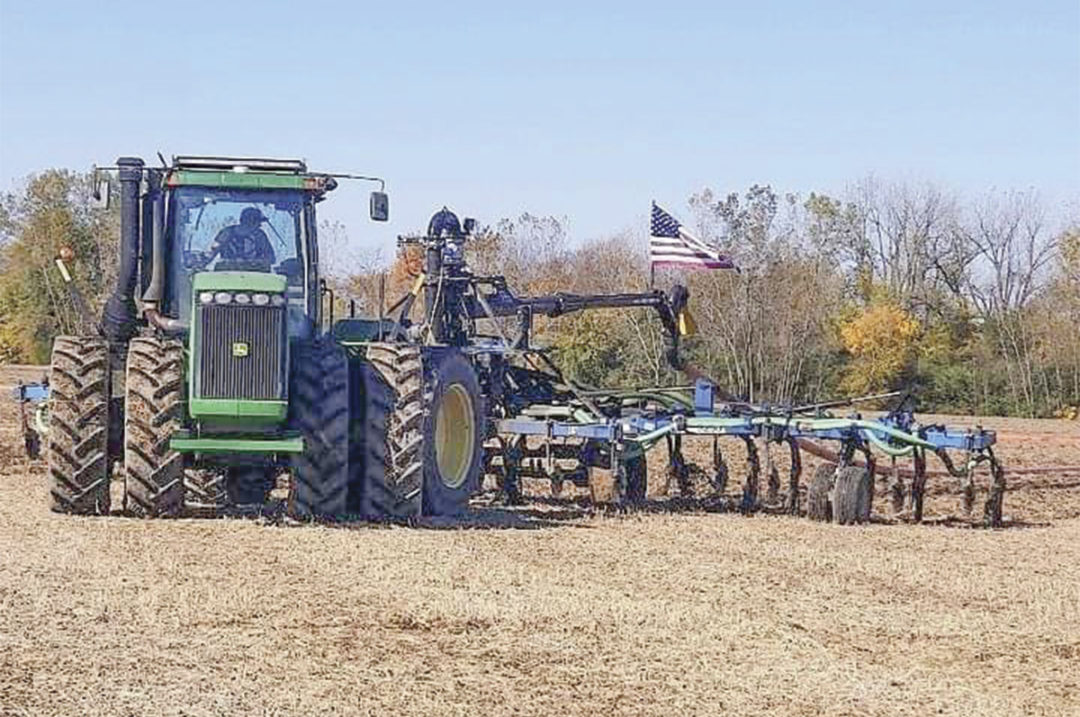As manure applicators, we should know how many gallons or tons we are applying to an acre and should have corresponding documentation. The question is: “How do we determine the rate?” Does the crop farmer or livestock producer tell us? Do we come up with it on our own?
The answer is derived from a multitude of factors. A manure applicator should have a basic understanding of agronomy. That being said, there are resources that can be utilized to aid in this process, like an agronomist.
The first step in this process is to analyze the soil test. The crop farmer should have this data, but if not, someone should pull a soil test according to the state regulations. In Ohio, the bare minimum is one soil test for every 25 acres and must be done every three to four years.
A composite manure sample should be pulled from every source. If there are multiple lagoons or multiple barns, a composite sample should be pulled from each at least yearly. The nutrient value of manure is a good guessing game, but a composite sample gives a better look. I do not recommend book values. There are too many factors that affect nutrient value to determine an average for a specific type of manure.
The crop farmer then needs to share their plan for their next crop and realistic yield goals with the applicator or agronomist. The applicator, possibly with the help of the agronomist, needs to be able to take all of these values and typically apply one year of nutrients without exceeding any limiting factor. Typically, dairy manure is low in nutrients and could be applied multiple times a year alongside an intensive cropping rotation. There are some circumstances in which a multiyear application could possibly be done.
Information the applicator needs before application
- Most recent soil test (within three or four years)
- Cropping plan and realistic yield goals
- National Pollution Discharge Elimination Systems (NPDES) permit for the field (required by some states)
Limiting factors can include
- Phosphorus levels in the soil
- Phosphorus levels in the manure
- Nitrogen levels in the manure
- The soil's available water-holding capacity
- 4R limitation: right source, right rate, right time, right place
Economics of manure application
Manure needs to be applied correctly to minimize runoff and maximize nutrient utilization. It should not just be spread on the closest field at the maximum application rate because that is the fastest and easiest. These nutrients need to be placed where the soil needs them the most, and that could mean transporting manure longer distances. If the manure needs to be transported farther, and that means an increase in transportation costs, do not let that be a hindrance. Placing the manure where the nutrients are needed makes the most economical sense.
Imagine having a dry sponge and then adding water to it. The sponge can only hold so much water before water starts leaking out. That sponge is the same as soil, and water is the same as nutrients. The soil can only hold so many nutrients before they start leaving and causing issues in places where nutrients should not be. If the nutrients are placed in the closest field and the soil does not need them to grow a crop, it is a waste of nutrients and a waste of time and money. On the other hand, if the nutrients are transported down the road, placed in a field where they are needed to help grow a healthy crop and the cost of transportation is the same or less than the nutrient value of the manure, everybody wins.
Let’s look at fertilizer prices and compare those to transportation costs in Table 1 with the assumption dairy manure is 97% moisture.

Note these fertilizer prices are based on central Ohio in April 2023. We are also only looking at nitrogen, phosphorus and potassium values. The value does not include micronutrients or organic matter. At the bare minimum, this manure is worth 2 cents per gallon. Manure can be moved a decent amount of distance for 2 cents a gallon.
By putting the manure where it is needed and not where it is the closest and cheapest, we are being the best possible stewards of the land as we can be.

Photo provided by Megan Dresbach.






